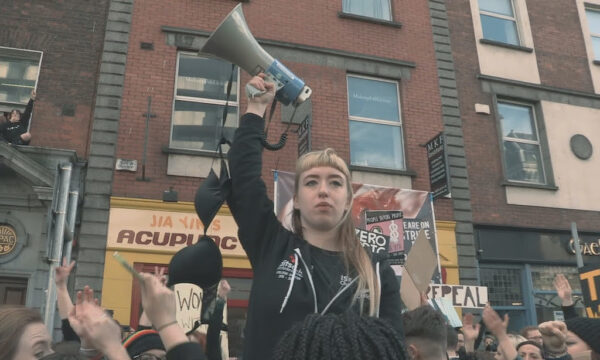What do the next five years have in store for UK first time house buyers?

Housing was a primary concern for many of Britain’s voters this year. This was recognised by all of the major parties who named the housing crisis as one of their main priorities, and guaranteed to tackle the problem if elected.
The housing crisis seems to be hitting first time buyers hardest, essentially because they are struggling to afford to buy in the first place.
So with a Tory victory, what exactly were the key policies on housing that the majority of the country opted for, and how are they likely to take shape over the next five years?
An increase in affordable homes
David Cameron pledged that his party will oversee an increase in the building of affordable homes to support first time buyers.
The Conservative Party aim to have 200,000 starter homes built, offering a 20% discount on these properties to first-time buyers under the age of 40.
There is evidence of this policy taking shape, with a collection of “affordable” flats being auctioned in Acton, London this summer.
But exactly how affordable an affordable home will be for the majority of first time buyers is unclear.
Fast sale property experts have noticed a 10% increase in house prices over the past year leading up to March. They predict that the need for affordable housing will continue to grow as people, especially generation rent, struggle to afford a first home.
Right to buy for 1.3million more homes
Some council house tenants will be eligible to purchase their home under the right to buy scheme. Those eligible must only have that particular property as a home, and the property must be self-contained.
The scheme is designed to help secure the long term finances of families and individuals.
Critics of the scheme, which was first introduced in 1980, say this does not address the overall housing shortage. The National Housing Federation has estimated that only 15% of London’s social housing tenants will be able to afford to purchase their property, while in Britain’s northern cities it is 35%.
The current social housing scheme has a long waiting list across the country. As a consequence, more people are considering cheaper alternative ways of keeping a roof over their heads.
For those who can neither find social housing in a suitable area nor afford to rent a home, property guardianship has emerged as a viable option.
Create £1bn brownfield regeneration to unlock sites for 400,000 homes
There are staggering amounts of money being invested into the construction and development of the UK’s office and residential sectors. Brownfield redevelopment will play a vital role in these developments, particularly in urban environments where space is limited.
But the government also seem to have acknowledged the potential of brownfield sites to build new homes.
Their manifesto promised to grant permission to 90% of suitable brownfield sites for the building of new homes by 2020.
They are also expected to put extra pressure on councils to quickly deliver permission for homes which are already in the development stage.
Help to buy ISA’s
This particular scheme was set to end in 2016, but will now be extended until 2020.
First time buyers who can afford a 5% deposit can apply for a five year, interest free government loan equivalent to 20% of the new property’s value. This can save the first time buyer up to £200 per month towards a new home.
These policies may not address the housing crisis entirely, but they are undoubtedly helpful for a number of UK citizens who are looking to get on the property ladder – as long as the government stick to their pledges.
Simon Davies























Facebook
Twitter
Instagram
YouTube
RSS